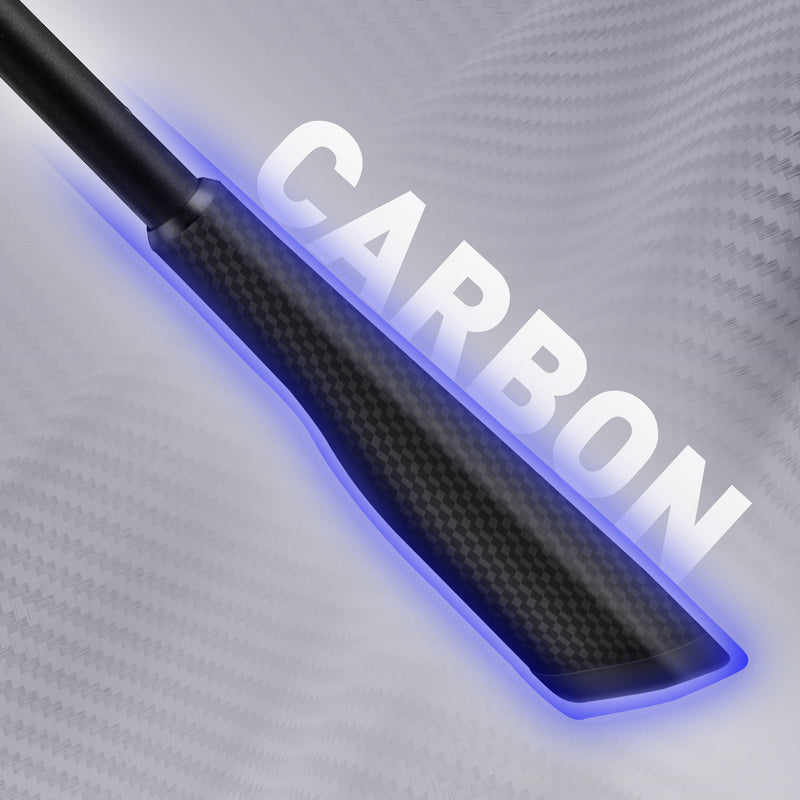Reel in Your Perfect Catch: The Ultimate Guide to Choosing Your First Fishing Rod!
Embarking on the journey of fishing is an exhilarating experience, especially for beginners. The thrill of casting your line, the anticipation of a tug on the rod, and the joy of reeling in your first catch are moments to cherish. However, selecting the right fishing rod is crucial to enhancing this experience. A well-chosen rod can significantly impact your success and enjoyment on the water, making it an essential investment for any novice angler. In this guide, we’ll explore everything you need to know about choosing the best beginner fishing rod, ensuring you feel confident and prepared for your first fishing adventure.

Understanding Fishing Rod Basics
Before diving into the various types of fishing rods available, it’s important to understand their basic components. A fishing rod consists of several key parts: the rod blank, handle, guides, and reel seat. The rod blank is the main body of the rod, made from materials like fiberglass or graphite, influencing its strength and sensitivity. The handle, usually made from cork or EVA foam, provides grip and comfort while casting and reeling in fish. Guides are small rings along the rod that help direct the fishing line, ensuring smooth casting and retrieval. Finally, the reel seat is where the fishing reel attaches, allowing you to control the line and catch your fish. Understanding these components will help you appreciate how they work together to enhance your fishing experience.
Types of Fishing Rods for Beginners
When it comes to fishing rods, there are several options suitable for beginners, each offering unique benefits. Spinning rods are often recommended for novices due to their ease of use and versatility. They allow for lighter lures and baits, making them ideal for catching smaller species. Baitcasting rods, on the other hand, provide greater control and precision, but they can be more challenging to master. Fly rods are perfect for those interested in fly fishing, offering a different technique that can be incredibly rewarding. Each rod type has its pros and cons, so it’s essential to consider what type of fishing you’re most interested in before making a decision.
Factors to Consider When Choosing a Fishing Rod
Choosing the right fishing rod involves considering several key factors. Rod length is one of the most important; longer rods can cast farther but may be harder to control, while shorter rods offer better precision. Power refers to the rod's strength, which should match the size of the fish you intend to catch. Action describes how much the rod bends when pressure is applied; faster action rods are more sensitive, while slower action rods provide more flexibility. Additionally, the material of the rod affects its weight and sensitivity. Understanding these factors will help you select a rod that complements your fishing style, ensuring a more enjoyable experience on the water.
Tips for Maintaining Your Fishing Rod
Proper maintenance of your fishing rod is essential for its longevity and performance. Always rinse your rod with fresh water after use, especially if you’ve been fishing in saltwater, as salt can corrode the components. Store your rod in a cool, dry place, and avoid leaving it in direct sunlight for extended periods, as this can weaken the material. Regularly check for any signs of wear, such as guide damage or loose reel seats, and address these issues promptly. By taking care of your fishing rod, you’ll ensure it remains a reliable companion during your fishing adventures.
Making Informed Fishing Choices
Choosing the best beginner fishing rod is an important step in embarking on your fishing journey. By understanding the basics of fishing rods, exploring the various types available, and considering the essential factors for selection, you can make an informed decision that enhances your fishing experience. Remember, fishing is not just about the catch; it's about enjoying the great outdoors and the thrill of the chase. Take your time in selecting a rod that suits your needs and preferences, and you’ll find that the joy of fishing is well worth the effort.








